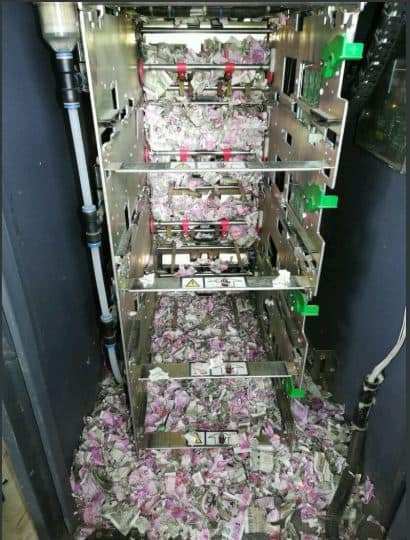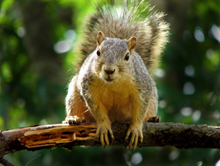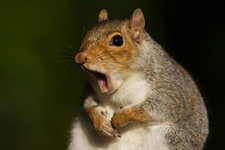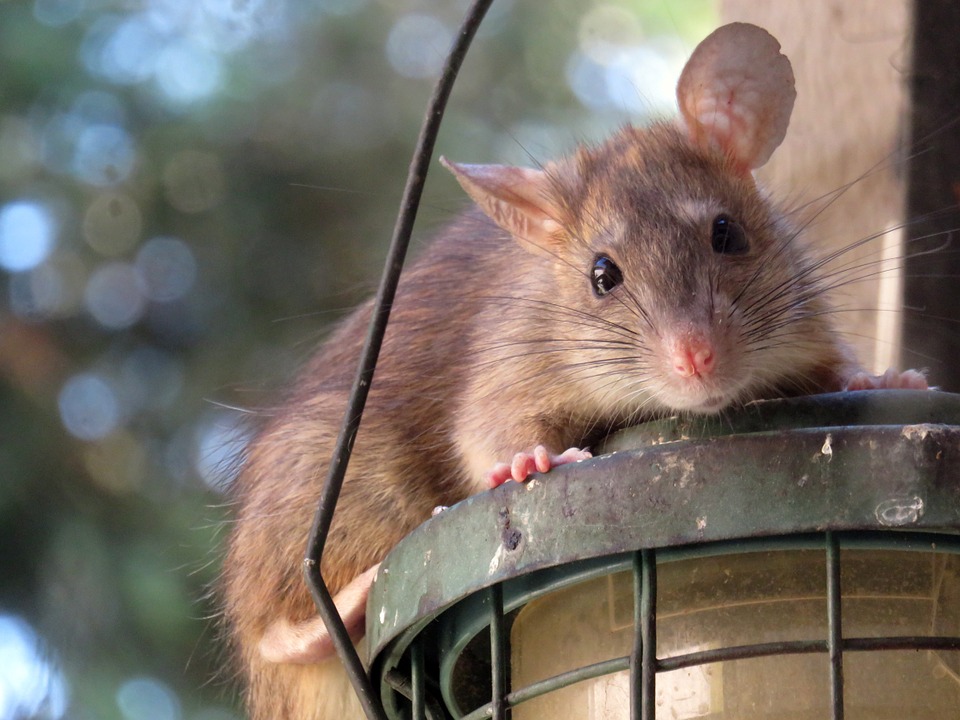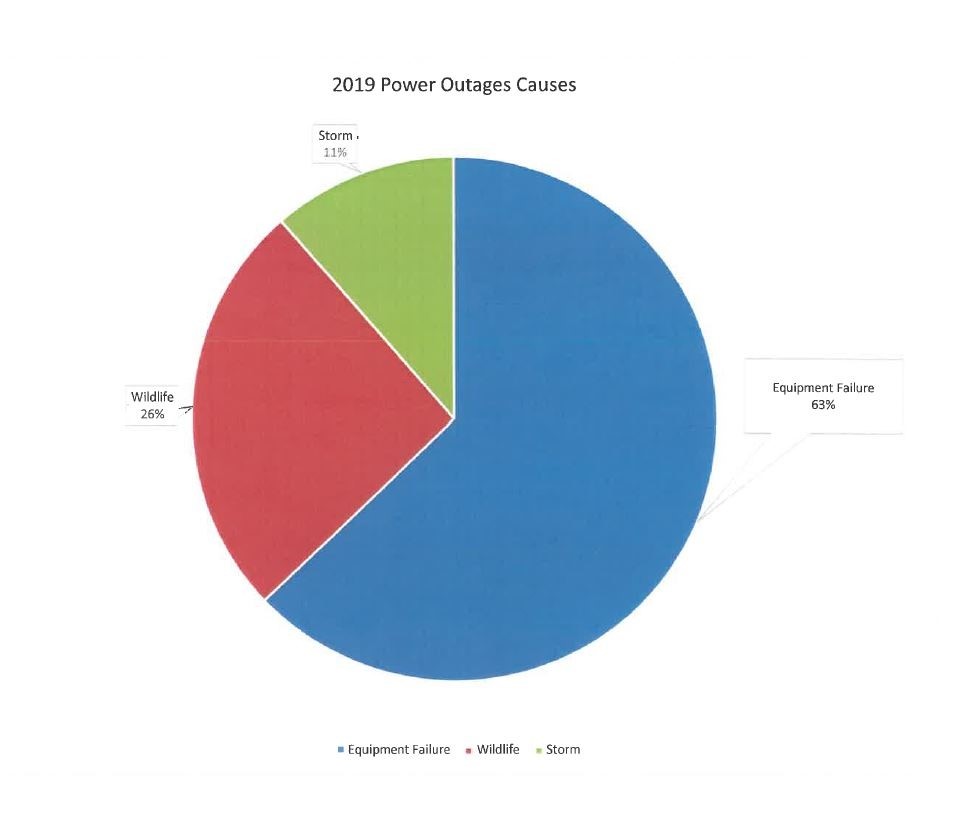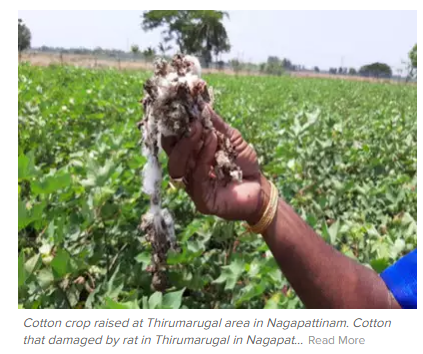Pentagon on Emergency Shutdown as Critical Comm Cable Severed
- D.C. Media Group, April 2019
‘Menacing crows’ feast on Munster fodder stocks
- Agriland, July 2018
Rats do more than $370 Million of damage to car every year
- Hammer Technologies, March 2016
We often come across news like this and there are several other pieces of evidence for the pest nuisance in various sectors and how they affect our routine and lifestyle. The vandalization of polymeric applications by pests is very common.
Decades of accumulated environmental negligence and the impact of using so much of conventional plastic has brought the earth to the brink of various probable disasters. Having realized this right, bioplastics have emerged as a potential alternative.
But even the bio-based plastics are vulnerable to pest attacks and can result in huge damage and losses to the application.
The damage across various applications is documented below:
Wires and cables:
Cables form the backbone of the telecommunication sector, defence sector, rail transport sector, etc. However, the rodents and insects get attracted to the colors and smell of polymers due to which they try to feed on the biopolymeric applications. Physical damage to these cables can lead several sectors to a standstill due to loss of essential data, information, and connectivity.
Automotive wiring:
An increase in the number of cases for class action lawsuits is noticed as the cars with the soy based wires are used extensively and the same is damaged by some pests. Though the soy-based wires are used considering the environment aspect, their use has also attracted more pests towards automobiles. With the addition of soy to these applications, the car wires become a wonderful treat for these pests. This has substantially increased the number of car breakdowns leading to costly repairs.
Bale wrap silage:
Plastic wrapping is commonly used to preserve bales over any moisture range. However, these films are vulnerable to attack by aggressive pests. Invasive rodents and insects are known to destroy these films. Birds attack the silage films thereby creating holes. The pests are attracted to the smell of fresh grass, puncturing the film with their incisors and beaks.

Packaging films:
The development of high-performance bio-based plastics is one important factor for the sustainable growth of the packaging industry. However, insect pests, in particular, can produce several different types of damage on the surface of the film side and perforate the plastic film. This damage consists of scratches and tears and holes.
Agricultural nets:
Bio-based plastic nets are used for protecting crops against birds and insects. These nets require protection from rodents as well.
Soil retention sheeting:
Insects like termites and ants have an underground activity that can cause damage to the sheeting thereby resulting in failure of its purpose.
Understanding the behaviour of pests is essential to protect the end application from pest damages.
The reason why rodents are such determined chewers is that they actually chew for survival. Rodents have two pairs of continuously growing incisors which must be kept sharp by gnawing. So just like we clip our fingernails, a rat gnaws on things in order to keep its teeth in check. Overgrown teeth are a possible problem for them. The rats have a bite force greater than that of a shark! While insects are equally aggressive and attracted to plasticizers causing damages.
Value solution:
C Tech Corporation, a pioneer company in India manufactures non-toxic aversive repellent masterbatches for a wide range of bio-based plastic applications.
The niche products manufactured by CTech are:
RodrepelTM: Anti-rodent and animal aversive repellent
TermirepelTM: Anti-termite and insect aversive repellent which has a broad spectrum in its action. It is effective against more than 500 species of invasive pests like bedbugs, termites, ants, cockroaches, beetles, etc.
CombirepelTM: It is an extremely low toxic, animal, insect, and bird aversive repellent. It works on the combined mechanism of Rodrepel™ and Termirepel™.
These products are based on plant-based chemistry. The expansion of ancient knowledge from Vedas and modern science of sustained release and encapsulation has resulted in the formulation of these unique, extremely low toxic and environment-friendly repellent products.
These repellents are available in bio-degradable plastics like Polylactic acid (PLA) and are also offered as liquid masterbatch solutions for bio-compostable and bio-degradable plastics.
The product triggers a fear response within the pest whenever it comes across an application treated with these products, thereby exploiting the fight or flight response or sending chemical signals to insects that there is danger using semiochemicals. While rodents being social animals, they communicate the bad experience to their population in the vicinity.
Mother earth is constantly suffering from human originated problems like toxic products, industrial wastes, etc. Having realized this right at the outset, CTech has consistently evolved sustainable green practices in the development of these products. The active substances of the masterbatch products meet the regulatory guidelines and are sufficiently effective.
CTech is committed to developing innovative, profitable, and environmentally safe products for the past 25 years. C Tech Corporation can provide products to the exclusive needs of the end-user and its use with bioplastic based applications can prove as an efficient solution to the environment!
Contact technical.marketing@ctechcorporation.com to know more about the products.
Also visit our websites:
http://www.ctechcorporation.com/
http://www.rodrepel.com/
http://www.termirepel.com/
http://www.combirepel.com/
Follow our Facebook pages at:
1] https://www.facebook.com/Combirepel-411710912249274/
2] https://www.facebook.com/Termirepel-104225413091251/
3] https://www.facebook.com/Rodrepel-120734974768048/
Follow us on our Twitter pages at:
1] https://twitter.com/rodrepel
2] https://twitter.com/termirepel
3] https://twitter.com/combirepel



